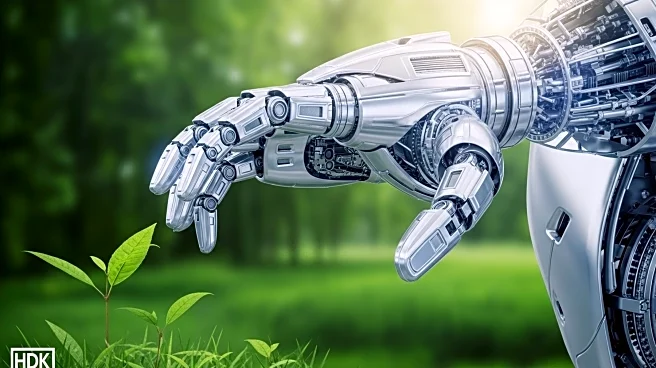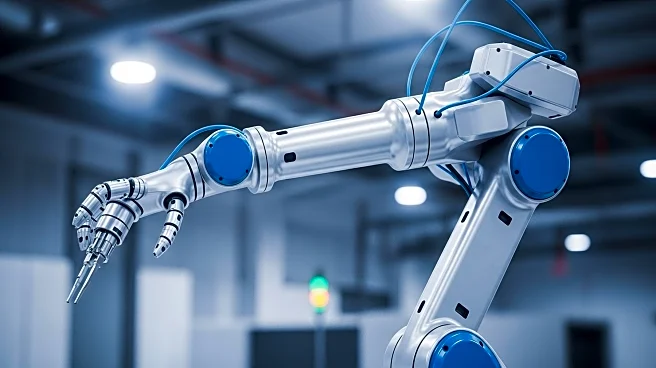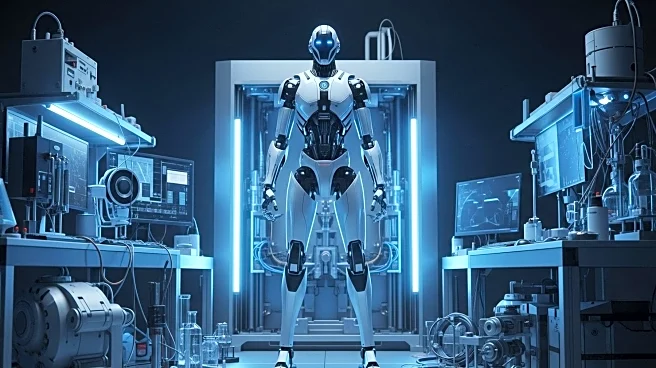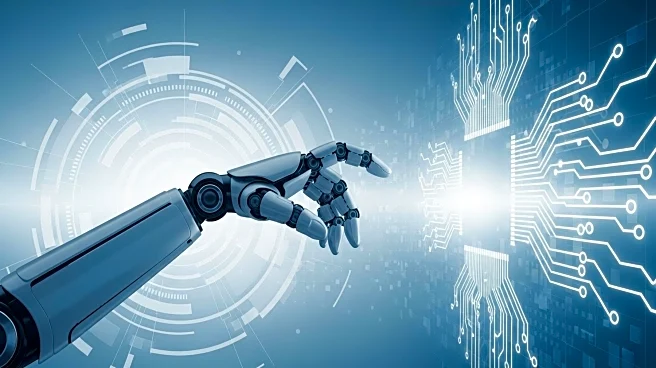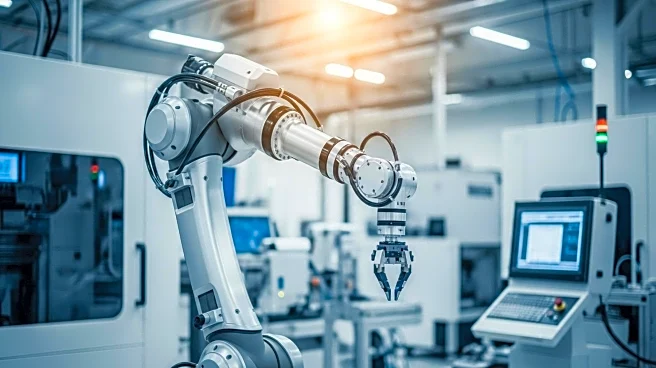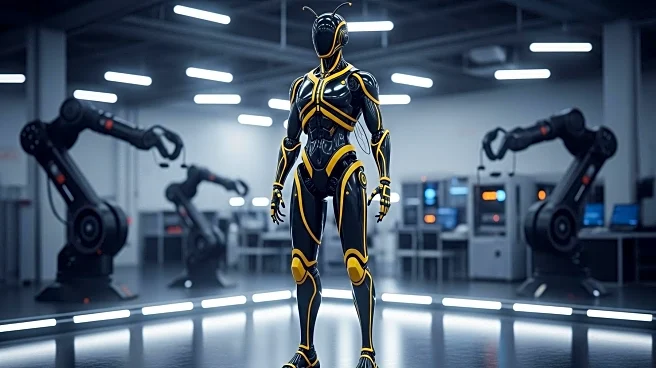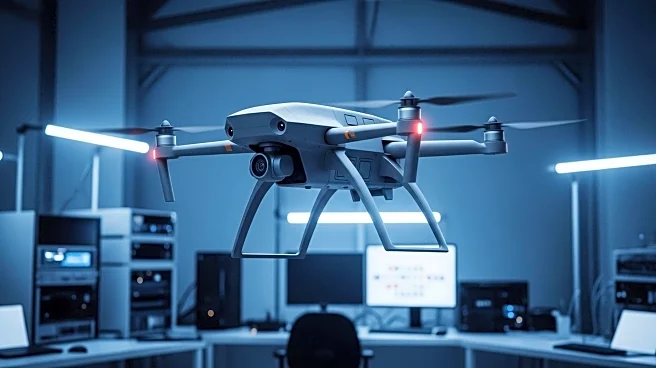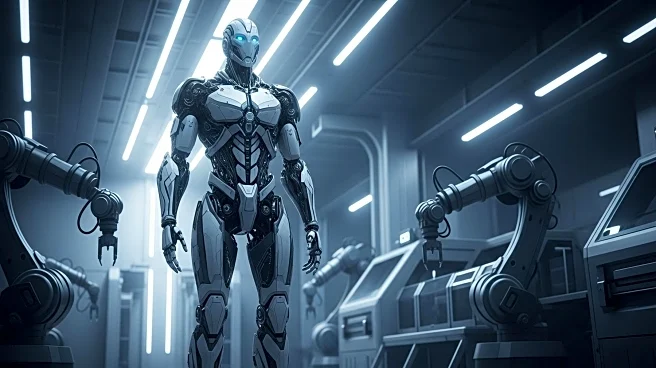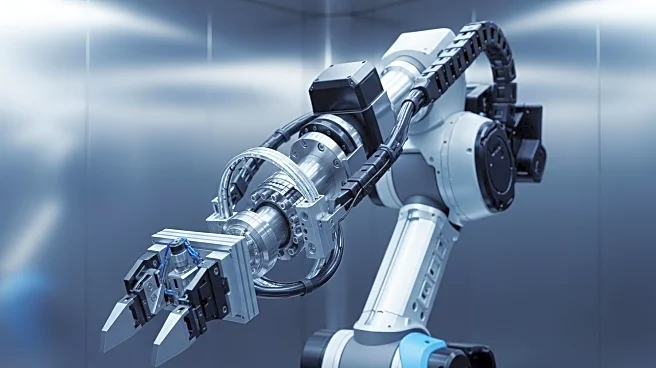What's Happening?
Nick Hawes, director of the Oxford Robotics Institute, discusses the current state and future potential of humanoid robots. While China leads in industrial robot deployment, the development of humanoid robots faces challenges, particularly in sourcing domestic sensors and semiconductors. Hawes suggests that humanoid robots may find limited use cases in the near future but could become more relevant within the next five to ten years. He emphasizes the importance of perception technologies in robotics, which are crucial for creating scalable and commercially viable systems.
Why It's Important?
The insights from Hawes highlight the evolving landscape of robotics, particularly the potential shift towards humanoid robots in the coming years. This development could significantly impact various industries, including manufacturing, logistics, and healthcare, by introducing more autonomous and versatile robotic solutions. The challenges in sensor and semiconductor sourcing underscore the need for advancements in these areas to fully realize the potential of humanoid robots. As robotics technology advances, it could lead to increased efficiency and innovation across multiple sectors, potentially reshaping the workforce and economic dynamics.
What's Next?
The next steps involve addressing the technological challenges in developing humanoid robots, particularly in improving perception technologies and sourcing essential components. As these hurdles are overcome, industries may begin to explore and integrate humanoid robots into their operations. This could lead to new business models and opportunities, as well as discussions around the ethical and societal implications of increased automation.
Beyond the Headlines
The development of humanoid robots raises ethical and cultural questions about the role of robots in society and the potential displacement of human workers. As these technologies become more prevalent, there will be a need for policies and frameworks to address these concerns and ensure that the benefits of robotics are equitably distributed.

